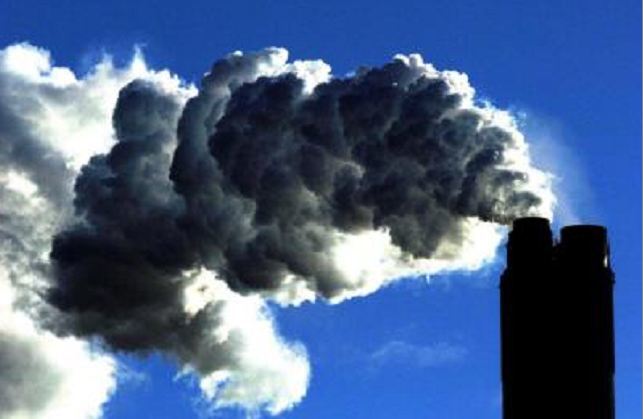
The U.K. government is delaying publication of a policy document outlining its latest thinking about energy, leaving industry uncertain about how ministers will shape markets to meet their green goals.
The energy white paper is unlikely to be published until after the Treasury’s spending review on Nov. 25, according to two government officials who asked not to be named because work on the plan is continuing. It had been expected in the spring, and then for weeks its release was imminent.
The document draws in thinking from across government and is meant to set a direction for how the U.K. will meet its target to eliminate greenhouse gas emissions by 2050. It could include financing plans for technologies such as nuclear, hydrogen and carbon capture that are key to reducing pollution but too expensive to work without subsidy. Companies from Electricite de France SA to Rolls-Royce Plc need details before they can invest.
The delay is because the policies in the document require long-term spending commitments. The government spending review has been scaled back from a three-year plan to just a one-year program due to uncertainty over the longer term impact of the pandemic on the economy.
Specifically, it’s expected to include details on nuclear power. For years, the official government policy has been that the U.K. wants to replace a generation of nuclear plants that are finishing their life in service this decade. Only one, the Hinkley Point C project run by EDF in Somerset, is currently under construction. Developers are waiting for details on how the government will fund more projects.
Energy Minister Kwasi Kwarteng has said the government is considering taking an equity stake in new nuclear stations in an effort to get at least one more project built. EDF wants to build another at Sizewell in Essex but says it can’t afford to shoulder the burden on its own. In September, Hitachi Ltd. pulled the plug on its long planned Wylfa project in Wales.
The government is also said to be weighing investing as much as 2 billion pounds ($2.6 billion) in a program to build small nuclear reactors. On Wednesday, Rolls-Royce Holdings Plc said it’s seeking 217 million pounds in state funding to designing a SMR. Much more money is needed to get the planned suite of 16 reactors that are expected to be built over the next 20 years. The project would create a further 34,000 long-term jobs by the mid-2030s, mostly high-value manufacturing roles, Rolls-Royce said.
A spokesman for the Department for Business, Energy and Industrial Strategy didn’t immediately respond to a question seeking comment.
Recommended for you
